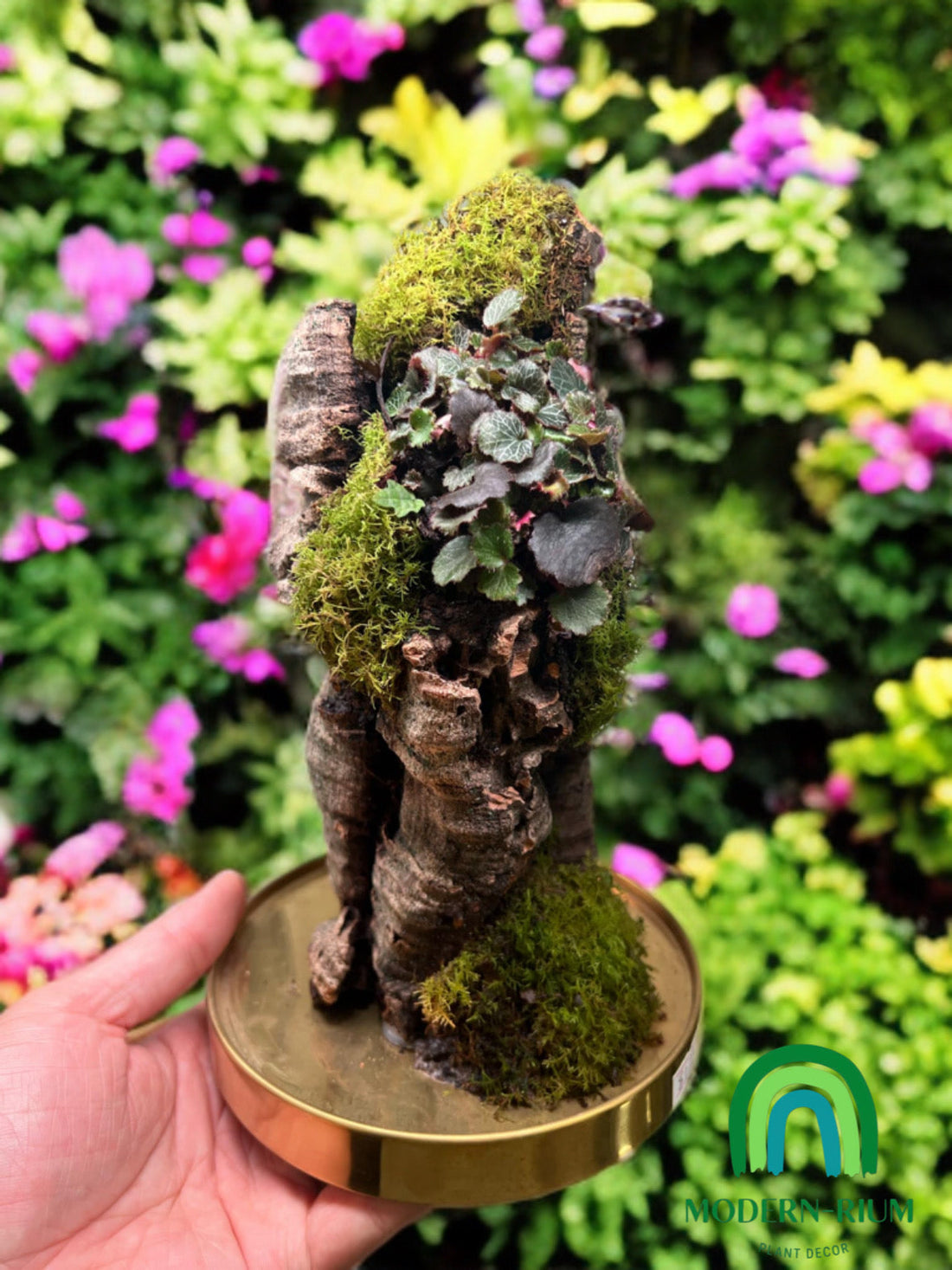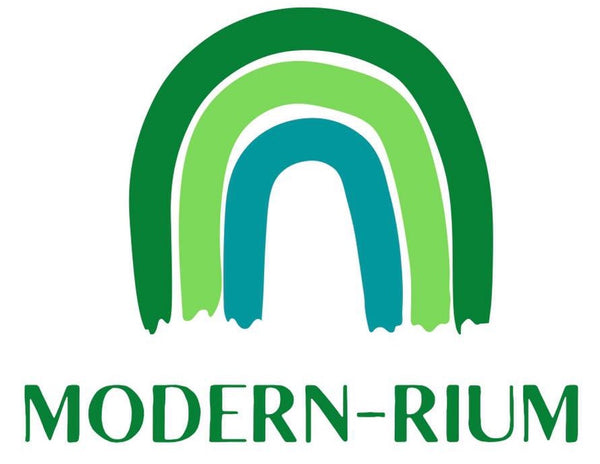
Closed vs. Open Terrariums: Which One is Right for You
Danny PhamShare
Terrariums are miniature indoor gardens encased in glass, offering a unique way to bring nature into your home or office. They come in two primary types: closed and open. Choosing the right one depends on various factors, including the types of plants you wish to grow, the level of maintenance you're comfortable with, and the aesthetic you prefer.
Closed Terrariums
Closed terrariums are sealed environments that create a self-sustaining ecosystem. The transparent walls allow light to enter, promoting photosynthesis, while the sealed design facilitates a natural water cycle. Moisture from the soil and plants evaporates, condenses on the glass, and returns to the soil, maintaining high humidity levels.
Suitable Plants:
Plants that thrive in humid conditions are ideal for closed terrariums. These include tropical species such as ferns, mosses, and orchids. The high humidity and low airflow mimic their natural habitats, allowing them to flourish.
Maintenance:
One of the advantages of closed terrariums is their low maintenance. The self-contained water cycle means they require infrequent watering. However, it's essential to monitor for excessive condensation, which can lead to mold growth. If this occurs, simply open the terrarium for a short period to allow some moisture to escape.
Open Terrariums
Open terrariums, as the name suggests, are open to the surrounding environment, providing better airflow and lower humidity levels. They are well-suited for plants that prefer drier conditions.
Suitable Plants:
Plants adapted to arid environments, such as succulents and cacti, are ideal for open terrariums. These plants require good air circulation and less moisture, conditions that open terrariums naturally provide.
Maintenance:
Open terrariums require more frequent watering than closed ones due to increased evaporation. However, the improved airflow reduces the risk of mold and mildew. Regular monitoring of soil moisture is essential to ensure the health of the plants.
Key Differences
Humidity and Airflow
- Closed Terrariums: High humidity with limited airflow, suitable for moisture-loving plants.
- Open Terrariums: Lower humidity with ample airflow, ideal for plants that prefer drier conditions.
2. Plant Selection:
- Closed Terrariums: Best for tropical plants that thrive in humid environments.
- Open Terrariums: Suitable for succulents, cacti, and other plants that require good air circulation.
3. Maintenance:
- Closed Terrariums: Low maintenance due to the self-sustaining ecosystem but require occasional monitoring for mold.
- Open Terrariums: Require more regular watering and attention to soil moisture levels.
Which One is Right for You?
Your choice between a closed and open terrarium depends on your preferred plant types and the level of care you're willing to provide. If you desire a low-maintenance option and are drawn to tropical plants, a closed terrarium may be the best fit. Conversely, if you prefer succulents or cacti and don't mind a bit more hands-on care, an open terrarium would be suitable.
Consider the environment where you'll place the terrarium. Closed terrariums can thrive in areas with indirect light, while open terrariums may require brighter conditions to support sun-loving plants.
In conclusion, both closed and open terrariums offer unique ways to incorporate greenery into your space. Understanding their differences will help you create a thriving miniature garden that aligns with your lifestyle and plant preferences.
 is here! Shop now, pay later in 4 easy installments
is here! Shop now, pay later in 4 easy installments












